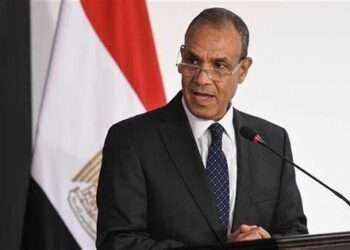Tanzania’s gold mine production is likely to see a decline in average annual growth of 1.5 per cent during 2021-2030, compared to a 1.9 per cent year-on-year during the last decade, according to Fitch Solutions.
A number of contributing factors are liable for this slowdown in gold production, chief among them is that Tanzania’s mining policy is expected to remain tight in the coming years. This is owing to the fact that business environment with regards to the mining sector will continue to remain restrictive as it was with the former President, late John Magufuli. And President Suluhu Hassan shares similar sentiments.
“A key demonstration of this was the introduction of the stringent mining code in 2017 which sought to increase control over the mining sector and increase royalty rates. This is unlikely to change with Hassan in power.”
Fitch Solutions explained that after a meeting between Samia Suluhu Hassan and Barrick Gold CEO Mark Bristow in July 2021, Bristow noted that there is a potential for more gold discovery but the company would need to keep turning over their licenses.
Furthermore, the company has allegedly paid over US$370 million through the Twiga partnership. This interaction highlights the operational challenges faced in the gold mining sector in Tanzania. Thus, the difficulty in operating in the gold mining sector as a result of high tax rates and restrictive policy informs the forecast, Fitch Solutions noted.
Other Reasons for the slow down in gold production
Another reason that Fitch Solutions note is that Tanzania is likely to retain its resource nationalistic rhetoric and maintain its tough stance towards international miners in the coming years.
It is reported that the government has in recent times revoked the licenses of multinational corporations such as Barrick and Glencore. The government indicated that this is to open land to thousands of small-scale miners, cementing its tough stance on mining operations by foreign miners in the country.
Nonetheless, as gold prices remain elevated and are likely to be strong in the coming years. “We expect international miners to remain interested in Tanzania’s gold deposits, despite stricter government regulations.”
According to Fitch Solutions, key players in the mining sector have recently made moves to circumvent the impacts of mining regulations and policy on production capacity. Some of the international miners have reached an agreement with the Tanzanian government.
Also, more recently, international miners have formed partnerships with the Tanzanian government in order to ensure policy requirements are met. In February 2021, Tanzanian Gold Corp announced its entry into a definitive agreement with institutional investors with the intent to earn US$ 21.4 million towards the development of the Buckreef Gold Project in Tanzania. The project is in partnership with State Mining Corporation.
Meanwhile, Fitch Solutions note that new gold mining projects are making progress. As a result, these projects pose upside risks to the forecast. For example, OreCorp is spearheading a new project in Tanzania, the Nyanzaga gold project, and is working on funding for its development, although the project depends on approval from the Tanzanian Cabinet of Minister for a special mining license.
READ ALSO: GRA, Gaming Commission to collaborate to improve revenue collection




















